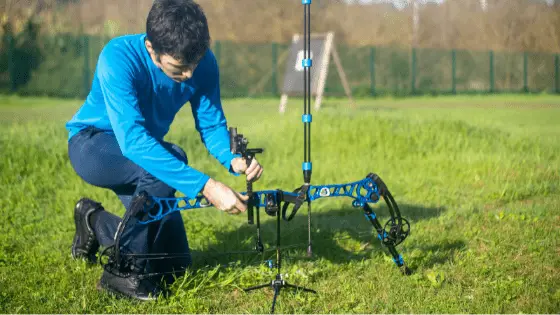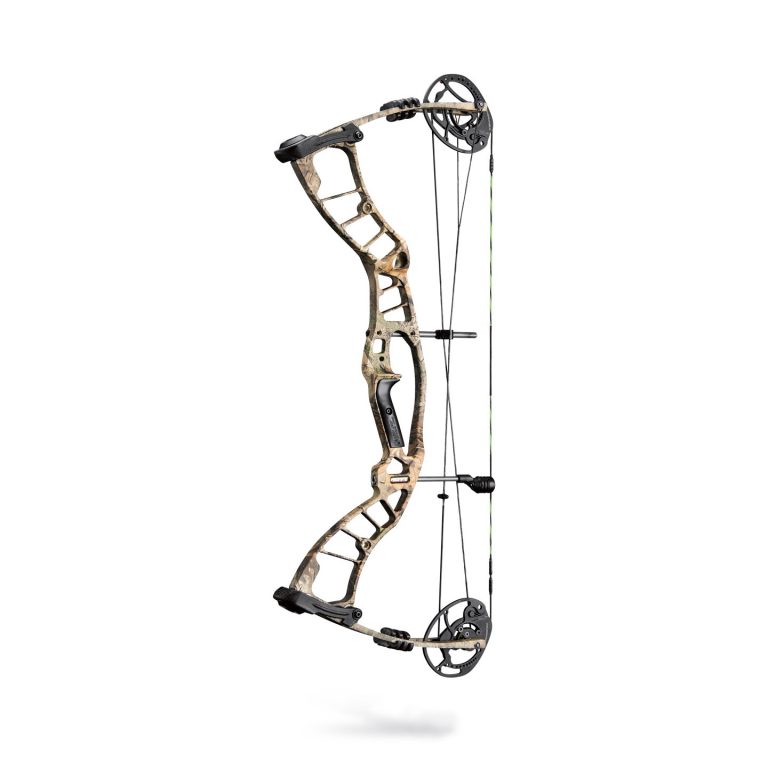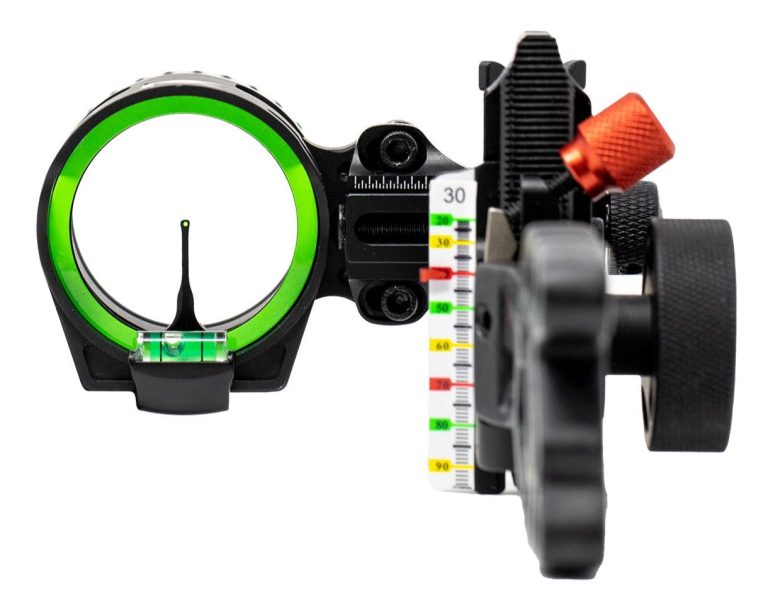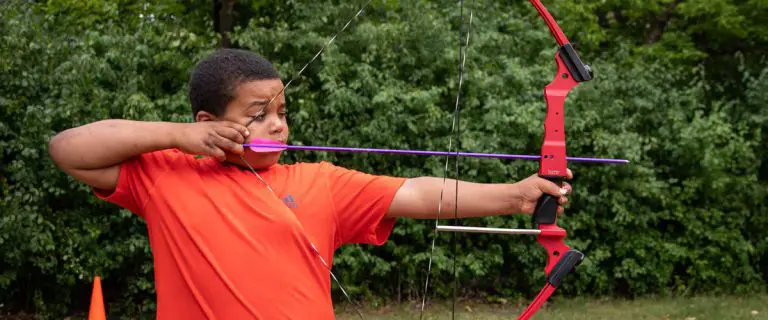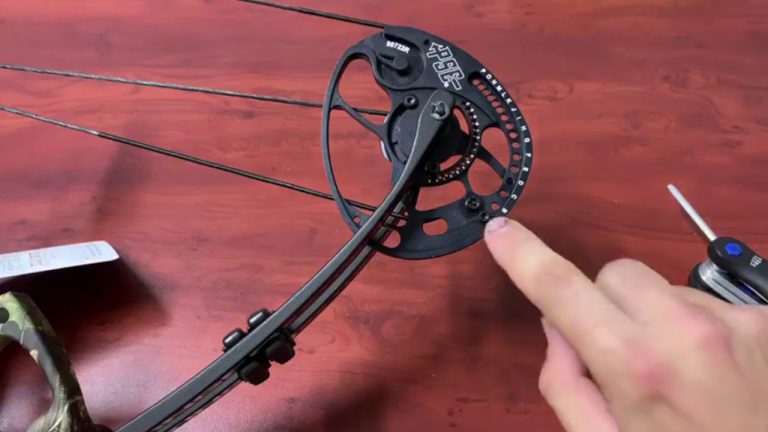How Long Do Compound Bows Last
The world of archery has been shaped by the compound bow, a remarkable fusion of innovation and tradition. With a system of cables, pulleys, and cams, compound bows provide archers with the ability to hold a high poundage at full draw, making aiming more manageable. They offer advantages such as power, speed, accuracy, and adjustability. However, it is crucial to choose the right compound bow based on your purpose, draw length, draw weight, and let-off. Maintenance and care are also important to ensure the longevity of your compound bow. With the power of a compound bow, safety should always be a priority. Since its invention in the 1960s, the compound bow has revolutionized archery, offering both seasoned archers and beginners a thrilling and unique experience. So, how long do compound bows last? Let’s delve into the fascinating world of compound bows and find out.

What is a Compound Bow?
A compound bow is characterized by a system of cables, pulleys, and cams that assist the archer in holding a high poundage at full draw. Unlike traditional bows, where the draw weight increases as you pull back, compound bows reach a peak weight and then “let-off” to a lower holding weight, allowing the archer to take more time when aiming.
Key Components:
Limbs
Unlike the straight limbs of a longbow or the curved limbs of a recurve, compound bow limbs are much stiffer, providing the power behind the arrow. The stiffness of the limbs allows for efficient energy transfer, resulting in powerful shots.
Cams
These are the oval-shaped devices that rotate as the bow is drawn. They dictate the draw cycle’s feel and the bow’s overall performance. There are different types of cams, including single cams, hybrid cams, and binary cams, each offering unique advantages in terms of speed, smoothness, and adjustability.
Cables & Strings
These are integral to the functioning of the cams, transferring energy to the limbs and arrow during a shot. The strings and cables undergo immense tension and need to be made of durable materials to handle the high forces generated by the compound bow.
Riser
The central part of the bow, usually made of aluminum or carbon, to which limbs, sights, stabilizers, and other accessories are attached. The riser plays a crucial role in the overall balance and stability of the bow, allowing for precise and consistent shots.
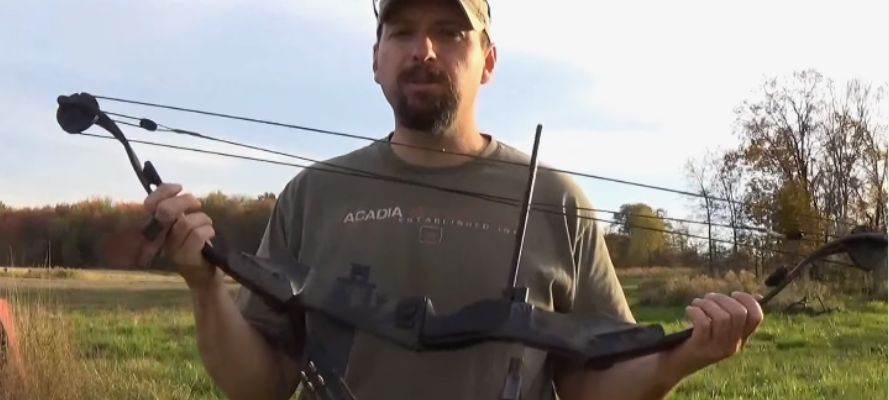
Advantages of Compound Bows:
Power & Speed
Compound bows can generate immense power, propelling arrows at tremendous speeds. The combination of the cams and limbs allows for a significant increase in arrow velocity compared to traditional bows. This makes compound bows highly effective for hunting or target shooting.
Accuracy
The mechanical advantage provided by the cams and the ability to hold the bow at full draw for longer periods allow for better aiming. With the let-off provided by the compound bow, archers can focus on their target and make precise shots without rushing the release.
Compact Design
The shorter limb design of compound bows makes them more manageable in tight spaces, like hunting blinds. This compactness not only adds maneuverability but also reduces the chances of the bow getting tangled in vegetation or obstacles while hunting.
Adjustability
Many compound bows allow for adjustments in draw length and draw weight. This versatility is beneficial for archers of different sizes and skill levels. Being able to customize the bow’s settings ensures a comfortable and consistent shooting experience.
Choosing the Right Compound Bow:
When choosing a compound bow, there are several factors to consider:
Purpose
Are you targeting big game, participating in target archery, or maybe bowfishing? Different bows are designed for specific purposes, so understanding your intended use will help narrow down your options.
Draw Length
Ensure the bow fits your personal draw length. Drawing a bow that is either too long or too short for you can affect accuracy and comfort. To determine your draw length, consult with a knowledgeable archery professional or use a measuring technique.
Draw Weight
Start with a weight you can pull back comfortably and consistently. It’s essential to select a draw weight that matches your physical strength and skill level. Starting too heavy can lead to poor form and fatigue, while starting too light may not provide enough power for your intended use.
Let-off
The let-off of a compound bow is the percentage of weight reduced when the bow is at full draw. A higher let-off allows you to hold the bow drawn for longer with less effort. Determine the let-off percentage that feels comfortable for you and aligns with your shooting style.
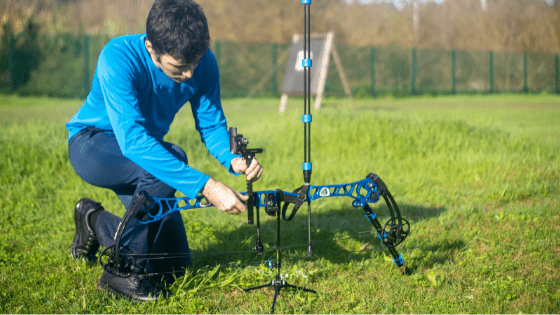
Maintenance & Care:
Compound bows, with their intricate design, require regular maintenance to ensure optimal performance and safety. Here are some essential maintenance and care practices:
-
Periodically inspect strings, cables, and cams for wear and tear. Look for fraying or other signs of damage. If any issues are detected, consult a professional bow technician for repairs or replacements.
-
Lubricate moving parts as needed. Proper lubrication helps reduce friction and ensures smooth functioning of the cams, pulleys, and other components. Always use recommended lubricants and follow the manufacturer’s instructions.
-
Store your compound bow in a cool, dry place. Avoid extreme temperatures and exposure to direct sunlight, as this can cause damage to the limbs, strings, and other components.
-
Consider professional tuning once a year or before the start of the hunting season. Bow tuning involves adjusting the bow’s components to ensure everything is in proper alignment and working harmoniously.
A Word on Safety:
The power of a compound bow should never be underestimated. Always prioritize safety when handling and shooting a compound bow. Here are some important safety guidelines to follow:
-
Always use arrows recommended for your specific bow’s draw weight. Using arrows that are too light can result in excessive draw weight and potential damage to the bow. Conversely, arrows that are too heavy may not perform optimally.
-
Ensure your shooting lane is clear. Make sure there are no obstructions or people in the vicinity that could be endangered by an errant shot. Always be aware of what lies beyond your target to avoid causing harm to others or property.
-
Familiarize yourself with proper shooting techniques and form. Seek guidance from experienced archers or take lessons from a certified instructor. Learning the correct way to handle and shoot a compound bow reduces the risk of injuries and improves accuracy.
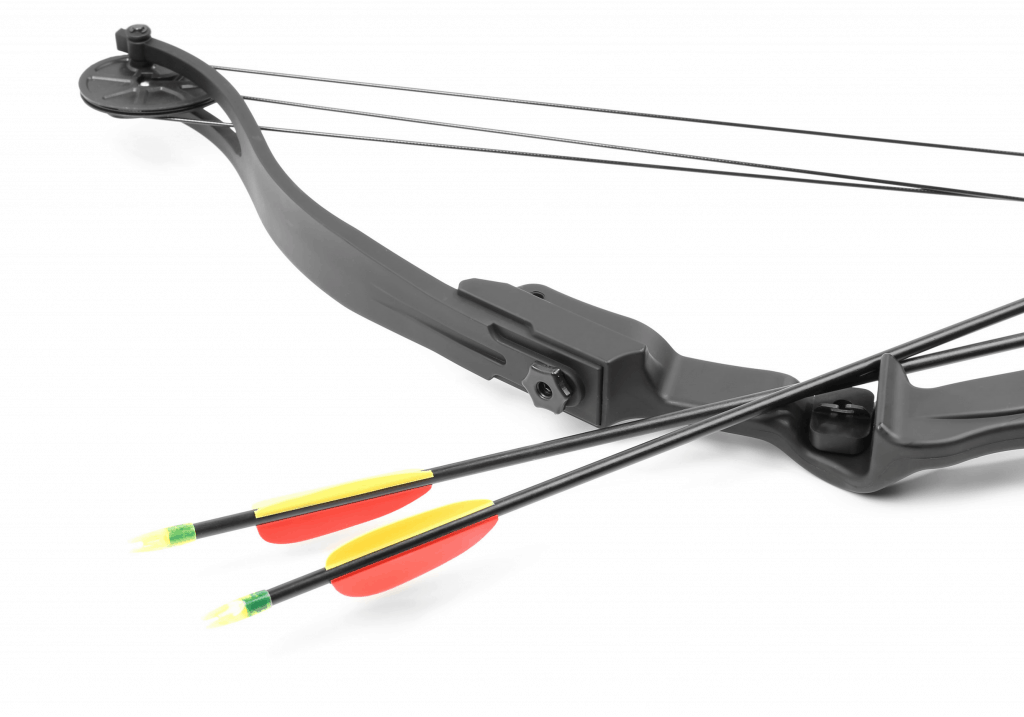
Conclusion:
The compound bow, since its invention in the 1960s, has revolutionized the archery world. It blends the best of tradition and innovation, combining age-old principles with cutting-edge technology. Whether you’re a seasoned archer looking for enhanced performance or a beginner stepping into the world of archery, the compound bow offers a unique and thrilling experience. By understanding its mechanics, advantages, and how to choose and maintain the right one, you can embark on an exciting archery journey with confidence.

